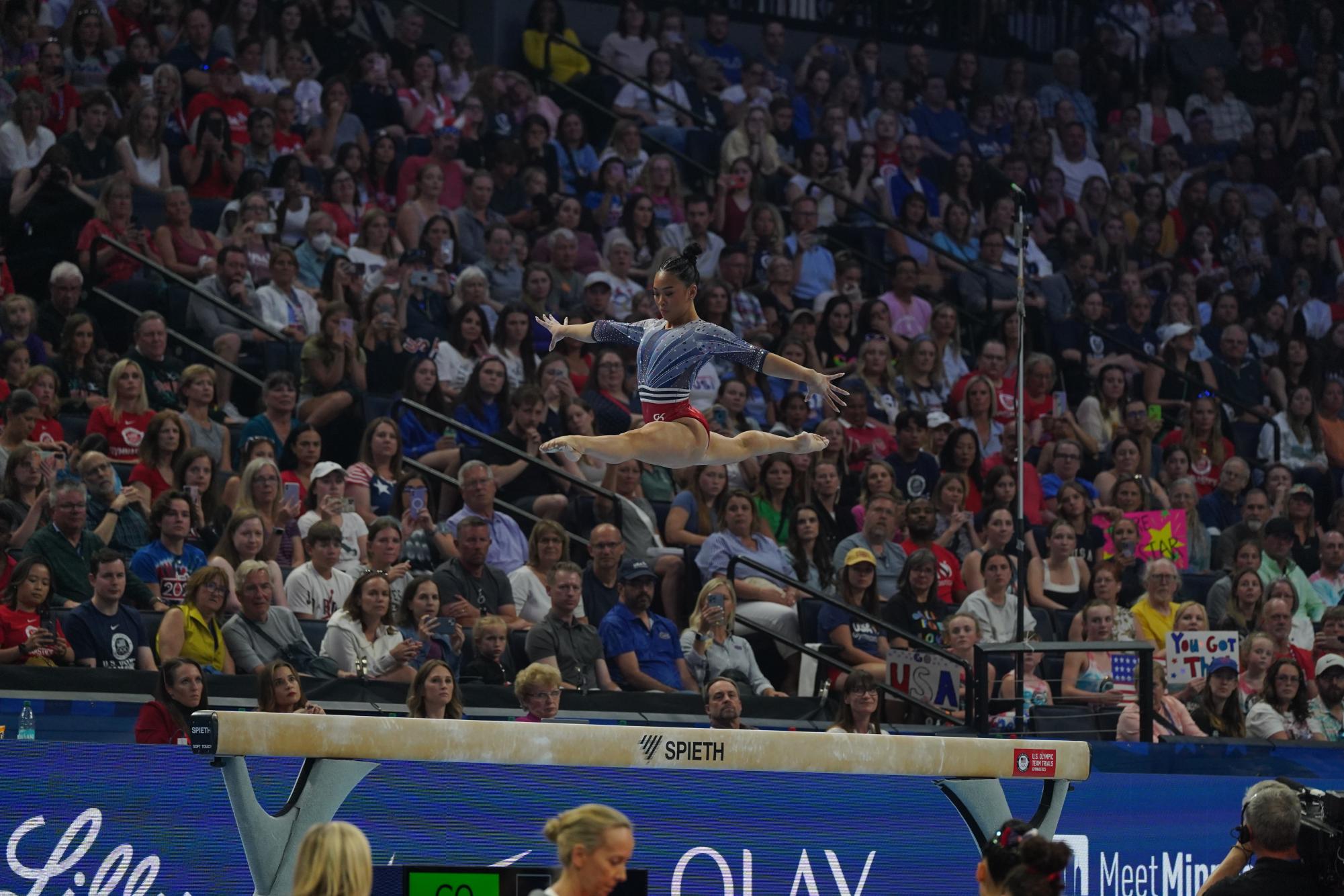Nearly 12,000 nurses left their hospitals for one day and took to the sidewalks Thursday in the largest nursing strike in U.S. history.
Clad in red Minnesota Nurses Association shirts, nurses from 14 metro area hospitals marched outside with signs in hand, demanding that hospitals institute safer nurse-to-patient ratios.
“The hospital said their policies are adequate for staffing,” said Kevin Campbell, a detox nurse at the Riverside campus of the University of Minnesota Medical Center, Fairview.
“They are not,” he said.
MNA has emphasized the importance of adequate staffing levels since negotiations for a new contract began in March.
Hospitals proposed that a head nurse on each floor should be responsible for deciding how many nurses are needed.
A more permanent nurse-to-patient ratio is necessary to improve quality of care, nurses say.
Nurses have also proposed a 3.5 to 4 percent pay raise for each year of their three-year contract. Hospitals countered with a 1 and 2 percent raise in the second and third years.
More than two thousand nurses gathered outside of the picket lines of Abbot-Northwestern and Children’s Hospital in Minneapolis, their chants frequently punctuated by honking from passing cars.
“It feels good that we have this kind of solidarity, but it is really sad to think that the employer actually pushed us to this point,” Nellie Munn, a nurse and member of the MNA negotiating team, said outside of Children’s hospital on Thursday.
After giving hospitals notice of their intent to strike on May 28, both sides said they were confident that they could reach an agreement before the scheduled strike.
Two bargaining sessions with a federal mediator took place on June 2 and 4, but little progress was made. Both nurses and hospitals announced they failed to compromise shortly after the second session, and made no plans to try again before the strike.
MNA spokesman John Nemo called those sessions “an exercise in futility,” in which the mediator delivered messages between each side separated on different floors.
Each side has continually asked the other to come back to the table for genuine negotiation since May 19, when more than 90 percent of the union voted to authorize a strike.
The six hospital systems involved in contract negotiations began preparing for a possible strike months ago, said Maureen Schriner, a spokeswoman for the six hospital systems involved.
By hiring 2,800 temporary replacement nurses, sending some patients to hospitals not affected by the strike and reducing patient volume, hospitals were able to cope with the walkout without major problems.
Hospital officials were not immediately available for comment.
As the strike concludes at 7 a.m. Friday, a new question will emerge: Can the nurses return to their jobs?
The 14 hospitals told nurses to wait for a phone call before returning to work. Nurses at the Riverside campus of the University of Minnesota Medical Center, Fairview said they had been given the go-ahead to return on Friday morning.
Things are not so certain at Children’s Hospital or Abbot-Northwestern. MNA representatives will lead groups of nurses into the hospitals to ensure they will be allowed to work their scheduled shifts.
The strike’s impact is not immediately clear, and there has been no indication that negotiating will resume soon.
“I think it definitely sends the message we were trying to send,” Munn said of the strike.
“Whether that message is received, I don’t know.”








